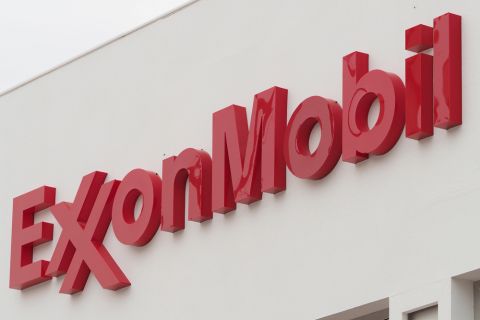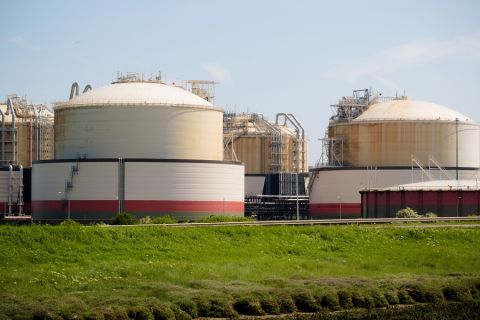While hedging was once an appealing vehicle to help producers mitigate a portion of future financial risk, JPMorgan analyst Shannon Nome reports that some independents are now wondering if hedging is worth the hassle. A recent JPMorgan survey of 25 independent producers indicates that the average E&P company is roughly 28% hedged for 2005, up from the previous quarter when producers had 26% of anticipated gas volumes hedged and 25% of oil volumes. "On a weighted-average basis, aggregate volumes for our 25-company coverage group are actually 37% hedged, suggesting the bigger producers maintain some of the largest hedge positions this time around," Nome says. She believes the figure is due in part to M&A-related hedging by large producers such as EnCana, Kerr-McGee and Chesapeake, which were big buyers in 2004 and locked in future prices to assure short-term deal economics. While high prices traditionally tend to spark producers' interest in hedging, producers' current state of unease may be partially tied to strong balance sheets and plenty of free cash flow. According to Nome, debt-to-capitalization levels are on a steady decline, dipping down to 35% in fourth-quarter 2004 from 39% a year earlier. Cash flow generation appears to have bolstered producers' willingness to deal with additional pricing risk, and, in lieu of hedging, they'd rather roll the dice with the commodity market. "Another reason for apparent producer resistance to hedging is the painful recollection of heavy hedge losses taken during 2004," Nome says. "Our conversations with company managements suggest they are content to take what the market will give them in 2005, rather than risk a repeat of significant hedging losses, apparently trusting supply constraints to keep oil and gas pricing fundamentals relatively tight." Several companies will report hedge losses into 2005, though oil and gas prices may manage to live up to current futures market indications. "On the gas side, 80% of the companies' hedges are currently under water, as only five out of the 25 companies in our coverage group are either unhedged on the gas side or have collars with ceiling prices above the current futures strip," Nome says. The group's average floor and ceiling for gas hedges through most of 2005 are approximately $5.27 and $6.65, which was below the 12-month strip of $7.15 per million Btu at the time of Nome's report. On the oil side, 68% of hedges were under water. "Producers here are hedged at average floor and ceiling prices of $32.89 and $40.20 respectively, versus the current strip of $46." So what's the best kind of hedge to have going into 2005? Apparently, no hedge. After calculating what percentage of revenues would be gained or lost through in-the-money versus underwater hedging, Nome found some of the best positioned include EOG Resources, Western Gas Resources, Pogo Producing Co., Swift Energy Co., Unocal Corp. and Burlington Resources, since they don't have hedges or their hedge positions are favorably priced against the strip. Five companies would sacrifice more than 10% of estimated 2005 revenue based on their out-of-the-money hedges: Pioneer Natural Resources Co., Quicksilver Resources, Range Resources Corp., The Houston Exploration Co. and Plains Exploration & Production. -Bertie Taylor
Recommended Reading
Russia Orders Companies to Cut Oil Output to Meet OPEC+ Target
2024-03-25 - Russia plans to gradually ease the export cuts and focus on only reducing output.
BP Starts Oil Production at New Offshore Platform in Azerbaijan
2024-04-16 - Azeri Central East offshore platform is the seventh oil platform installed in the Azeri-Chirag-Gunashli field in the Caspian Sea.
Exxon’s Payara Hits 220,000 bbl/d Ceiling in Just Three Months
2024-02-05 - ExxonMobil Corp.’s third development offshore Guyana in the Stabroek Block — the Payara project— reached its nameplate production capacity of 220,000 bbl/d in January 2024, less than three months after commencing production and ahead of schedule.
Venture Global, Grain LNG Ink Deal to Provide LNG to UK
2024-02-05 - Under the agreement, Venture Global will have the ability to access 3 million tonnes per annum of LNG storage and regasification capacity at the Isle of Grain LNG terminal.
What's Affecting Oil Prices This Week? (Feb. 5, 2024)
2024-02-05 - Stratas Advisors says the U.S.’ response (so far) to the recent attack on U.S. troops has been measured without direct confrontation of Iran, which reduces the possibility of oil flows being disrupted.



